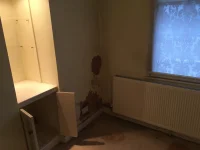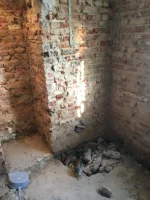You have reached the maximum number of views available on this site without registering.
You are using an out of date browser. It may not display this or other websites correctly.
You should upgrade or use an alternative browser.
You should upgrade or use an alternative browser.
Damp Walls? I'm confused.com
- Thread starter tvrulesme
- Start date
You have reached the maximum number of views available on this site without registering.
limeplastering
Active Member
You have reached the maximum number of views available on this site without registering.
You have reached the maximum number of views available on this site without registering.
You have reached the maximum number of views available on this site without registering.
Stewie03
Well-Known Member
You have reached the maximum number of views available on this site without registering.
MakeItSmooth
Well-Known Member
You have reached the maximum number of views available on this site without registering.
Last edited:
You have reached the maximum number of views available on this site without registering.
John j
Mono Don
You have reached the maximum number of views available on this site without registering.
You have reached the maximum number of views available on this site without registering.
MakeItSmooth
Well-Known Member
You have reached the maximum number of views available on this site without registering.
John j
Mono Don
You have reached the maximum number of views available on this site without registering.
You have reached the maximum number of views available on this site without registering.
limeplastering
Active Member
You have reached the maximum number of views available on this site without registering.
Monkey Boy
Well-Known Member
You have reached the maximum number of views available on this site without registering.
You have reached the maximum number of views available on this site without registering.
You have reached the maximum number of views available on this site without registering.
limeplastering
Active Member
You have reached the maximum number of views available on this site without registering.
Attachments
You have reached the maximum number of views available on this site without registering.
Similar threads
- Replies
- 3
- Views
- 245
- Replies
- 19
- Views
- 2K
- Replies
- 7
- Views
- 776
- Replies
- 36
- Views
- 3K



